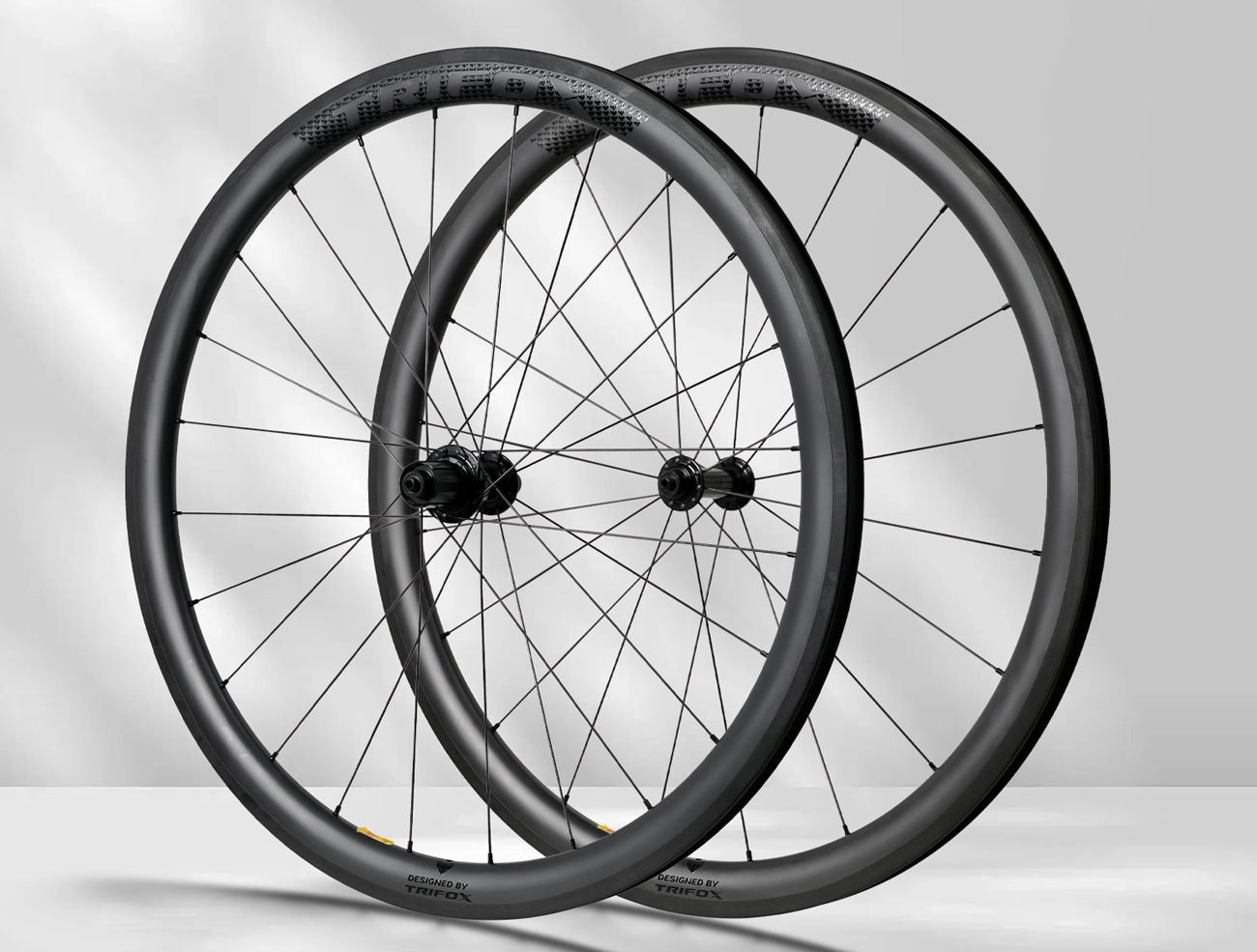As mountain bikes are often cycling o rugged and uneven roads, requiring athletes to master certain mountain bike cross-country skills in order to deal with them safely. The following are some summaries of some practical mountain bike cross-country skills, quickly collect them.
First, When the road is inclined
On sloping road sections and steep slopes towards the edge of a cliff, if you use brakes or make large movements of movement control, the tires may lose their grip and slip off the edge of the road.
1. To make a turn, use a side-tilted body to replace a leaning bicycle. The greater the inclination of the road is like the greater the curvature, the force is the same, and then you know that your tires will be sticky like glue and slide out.
2. Avoid accelerating on the sloping down path. Before arriving, keep a certain speed and slide across the road. If you have to apply a little more force to pass, please apply the force gently and smoothly.
3. Put all the weight of the body on the pedal under the slope, the wheel stick can hold the road well.
4. Choose the middle route and avoid squeezing to the top of the slope.
Second, When the road is a rocky area
1. Be prepared to change the route at any time and look at the front of the stone before the front wheel, so as to avoid the front wheel being left aside. If it suddenly pops out of the original route, keep your sight on the originally planned route. , Pedal as smoothly as possible so that you can bounce back to the originally planned route at any time.
2. At low speeds, the up and down vibration caused by the road surface and the suspension system will consume a lot of kinetic energy. If you hit a big rock at a speed similar to walking, it will cause you to stop moving, so you must maintain a certain speed, Stabilize the upper body.
3. If the front wheel is blocked, try to keep pedaling. Usually, this will allow the bicycle to move back a little bit, which will give you the opportunity to choose the path beside you to continue riding and don’t look back.
4. Increase the pedaling position by one gear so that when obstacles are encountered, the rear wheels can be prevented from slipping.
5. Choose a good route early and choose the least bad one. When hitting a rock, try to keep the wheel perpendicular to it.
6. If you want to pass a rocky area on a downhill section, avoid using the brakes as much as possible. The best way is to pass the entire area by sliding.
7. If the brakes must be used, the front and rear brakes must be used at the same time, and when the rock is small and the control is relatively stable, when encountering a large rock or running out of the planned route, the brake must be released.
Third. Get into a rift
1. Deliberately ride in small and parallel groove ruts to practice, and get used to the balance of the bike.
2. Keep the front wheel in a rolling state, look at the front intently, relax your body, and allow the wheel to move sideways when it suddenly enters the grooved rut.
3. Before running over a large groove rut, try to stretch out one foot. If the curve of the groove is on your right, stretch out your right foot, and vice versa. Keep your posture, lean slightly backward, and use more rear brakes than usual. If you overuse the front brakes, you will not be able to control chaotic grooves.
4. If you lose your balance, don’t forget to tap with your extended foot. Just make sure that one foot is kept on the pedal and you will pass the bumpy road safely and unharmed.

Fourth. Sand riding
1. Follow the trajectory of other mountain bike riders and let the tires ride into the straight rut path that has been crushed to cross the sand. When keeping the tires in the rut, pedal as smoothly as possible, and gently hold the handlebars so that the entire control follows the rut trajectory.
2. Use body movements to avoid oversteer of the handlebar. Excessive steering will cause the front wheels to get stuck in the sand.
3. Keep your hips gently on the seat cushion, keep your body’s center of gravity between the two tires, look directly at the end of the sand, use the low gear to move forward, but use the middle front tooth disc, which can have a longer time The powerful stampede.
4. Every time you turn the pedal, keep straight down. Between the strong pedaling pulse, make good use of the dead point of pedaling to bounce your body up to help the tires go up and reduce the unevenness on the sand.
Fifth. Climbing a steep slope
1. When approaching a slope, use a small front chainring and a rear gear that is two levels higher than the gear you want to complete the slope. When the kinetic energy is exhausted, downshift earlier.
2. Maintain a sitting position. When you reach the steepest road, move your hips forward to sit at the forefront of the cushion, and tilt your upper body forward so that the front wheels can grasp the ground and have proper control (the body should not be too forward, which will cause the rear wheel to slip), and do not stand up.
3. If the rear wheel slips a little, don’t stop, simply tilt the upper body slightly away from the slope to ballast the rear wheel and continue pedaling.
4. When reaching the apex, most climbers will lean forward due to their bodies. When they cross the top edge, the rear wheels will slip. They should lean back slightly to keep the rear wheels biting the ground.



















































































